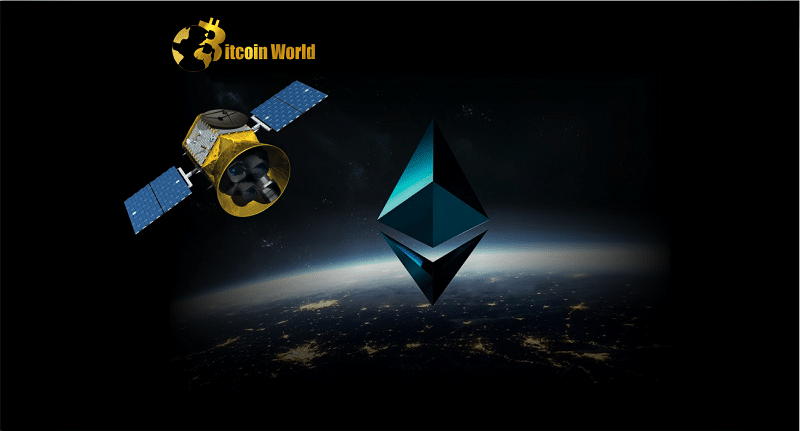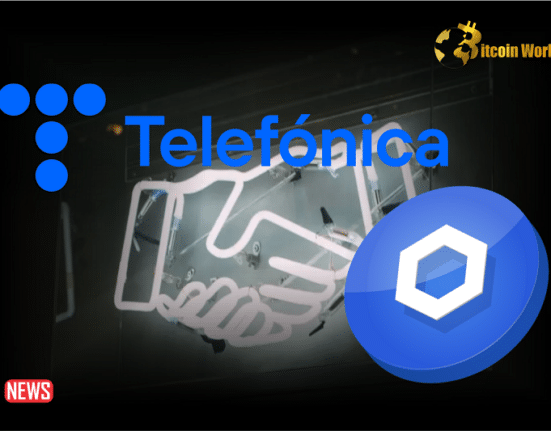Over 83,000 randomness contributions have already been made to the Ethereum KZG ceremony, which aims to provide a cryptographic foundation for Ethereum scaling. It is now receiving assistance from space.
On April 4, at 6 a.m. UTC, Cryptosat, a blockchain-powered satellite orbiting Earth, announced its contribution of entropy from space. The contribution will be transmitted via the Crypto2 satellite. According to the Cryptosat announcement, the satellite orbits Earth every 90 minutes on a remote course 550 kilometers above ground, making it difficult for outside actors to gain access during the KZG contribution.
Yan Michalevsky, co-founder of Cryptosat, told Cointelegraph that the ceremony requires parties who can generate “cryptographic parameters” that do not leak what is known as a cryptographic key “Toxic waste” refers to intermediate computation artifacts that are discarded and rendered inaccessible after they have been generated.
Michalevsky went on to say that if this “toxic waste” is leaked, it could jeopardize “the integrity of the cryptographic scheme” on which the next version of Ethereum is built.
“This is why it makes sense to generate those parameters in a completely physically isolated environment from which no data can be extracted.”
Cryptosat provides a Verifiable Random Beacon service, which generates entropy in exchange for its contribution. This service’s beacons are signed by the satellite and can be verified with the public key of Crypto2, which was also generated in space. “Aside from using the API, we don’t have access to the satellite’s internals or the data that is generated as part of the intermediate steps and is kept secret on the satellite.
The entropy commitment from Cryptostat’s space satellite will be visible in real-time via a dashboard that tracks the satellite’s trajectory and current status. Cryptosat is one of thousands of people who have agreed to provide randomness to the KZG ceremony in order to strengthen security, as requested by the Ethereum Foundation.
Crypto2 was launched into space aboard the SpaceX Falcon 9 on January 3. It was the follow-up to Crypto1’s first satellite launch in May. The second satellite, according to Cryptosat, has 30 times the computing power of the first.
The company previously stated that blockchain-powered satellites are part of an effort to make outer space a “new battleground in the quest for bulletproof cryptography.”
The Ethereum Shanghai mainnet upgrade, for which entropy is generated by Crypto2, is scheduled for April 12.















